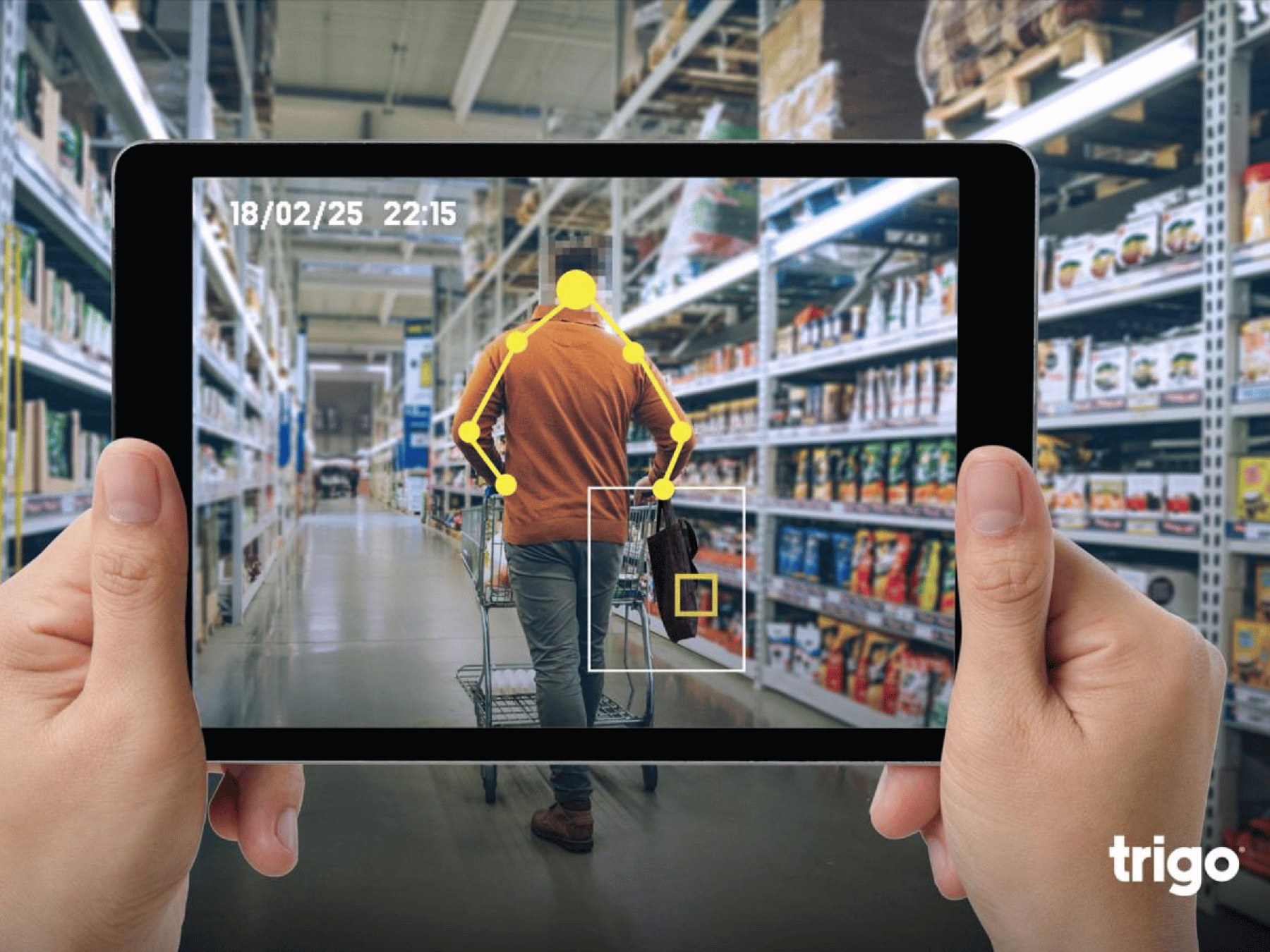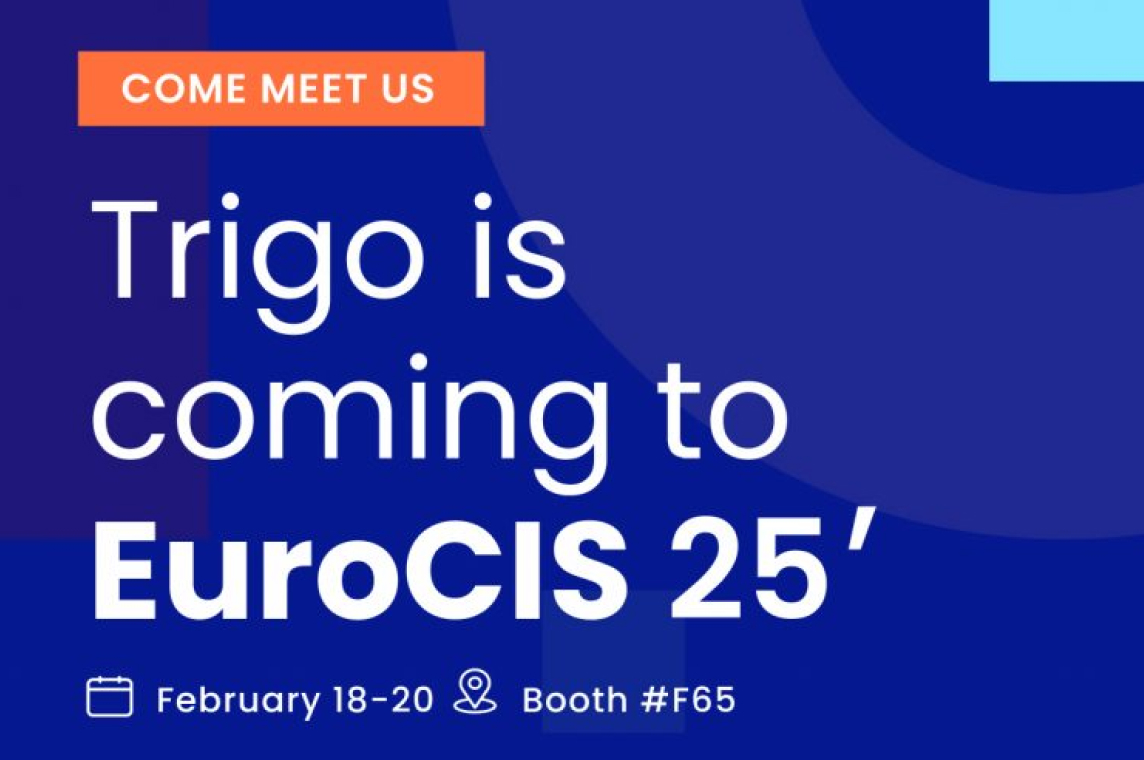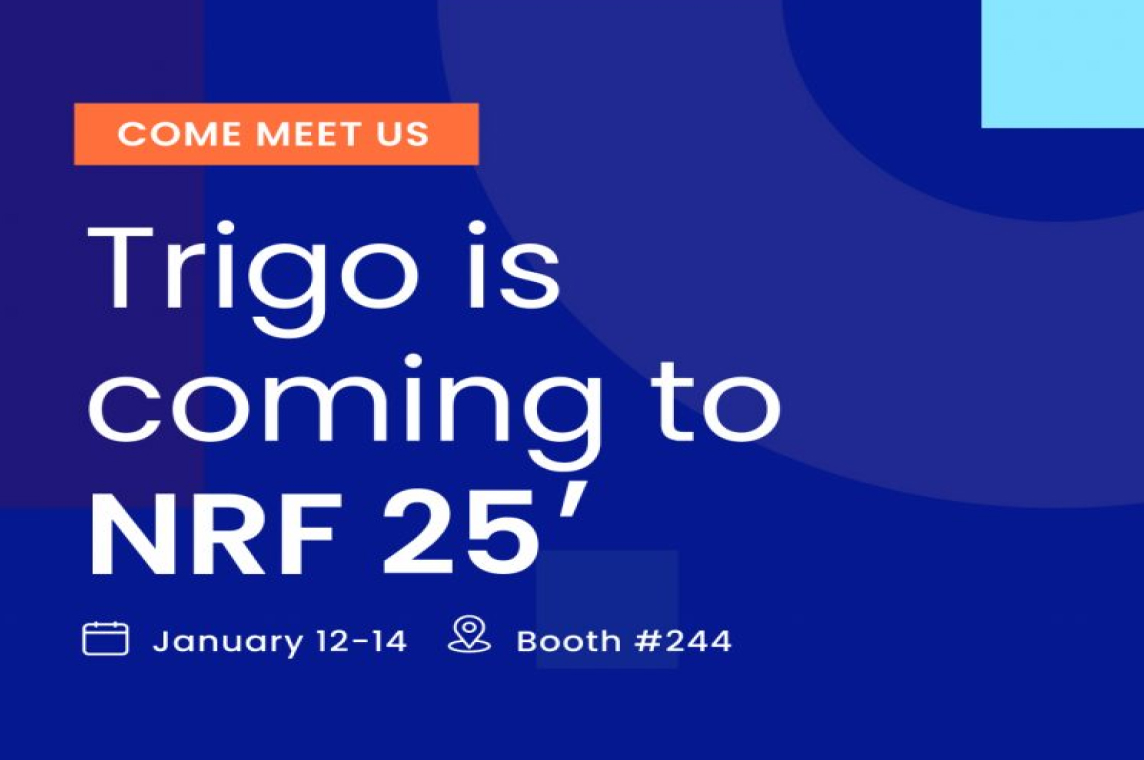The global retail industry faces an escalating crisis with significant financial implications. Retail shrinkage losses– including theft, overstock, and out-of-stock issues–are soaring. This inventory distortion cost retailers $1.77 trillion worldwide, according to a report from IHL Group. US retailers lost $112 billion to shrinkage in 2022 alone, representing 1.6% of total sales—up from 1.4% in the previous year (National Retail Federation). This 13.2% surge in inventory shrink between 2022 and 2023 (Checkpoint Systems) signals a critical threat to retail profitability. The average shrinkage rate globally stands at 1.44% of turnover as of 2023, translating to a total loss of €49.5 billion (some $53.7 billion USD) in Europe alone.
The primary causes of inventory distortion and shrinkage include supplier issues, external and internal theft, process errors, lack of personnel and training, bad data systems, vendor fraud, and errors (National Retail Federation and IHL). This crisis is reshaping the entire retail landscape. Stores are closing in droves, particularly in urban centers. Prices are skyrocketing as retailers struggle to offset their losses. And the very fabric of our communities is changing as once-bustling shopping districts become ghost towns. While traditional methods have struggled to fully address the retail shrinkage crisis, our innovative approach complements existing strategies, creating a more comprehensive solution.
Together, we can make significant strides in reducing losses and improving overall retail performance. For retail executives, the message is clear: innovation in asset protection is no longer optional—it’s imperative. AI-driven solutions, particularly Computer Vision AI, are emerging as game-changers, especially when combined with other tools. These technologies not only enhance security but also optimize operations, offering a dual benefit crucial in an industry with tight margins. The integration of Computer Vision AI for loss prevention represents an unprecedented evolution in retail security, marking a transformative shift from reactive measures to proactive, intelligent systems capable of predicting and preventing losses before they occur. This technological leap forward is not just an improvement—it’s a revolution in how retailers safeguard their assets and future-proof their operations.
The Traditional Era of Loss Prevention
For years, retailers have relied on traditional methods to curb shrinkage:
- Security Personnel: The first line of defense, though costly and limited in scope.
- CCTV Cameras: Captures footage for later review but requires manual monitoring and lacks real-time intervention.
- Electronic Article Surveillance (EAS): Utilizes tags to trigger alarms if merchandise is taken without being scanned.
These tools, while foundational, fall short in the face of modern retail challenges. For example, CCTV cameras act as “eyes” without the capacity to understand or respond to what they see, often missing the context, or “brains” to understand customer actions. Trigo’s Computer Vision AI complements these existing tools to form a clear picture with actionable intelligence.
The Rise of Modern Loss Prevention Technologies
Our cutting-edge technologies build upon the foundation laid by traditional methods, enhancing their effectiveness. By integrating seamlessly with existing systems, we create a synergistic approach that addresses the limitations of standalone solutions. The evolution of loss prevention technology has introduced advanced tools that integrate analytics and AI to deliver powerful, proactive solutions:
- AI-Powered Loss Prevention:
- Computer Vision AI: Trigo’s Computer Vision AI goes beyond traditional cameras, creating a Digital Store Twin—a living, breathing virtual copy of your store. This digital doppelganger tracks every product, interaction, and movement with stellar precision, offering a comprehensive view of your store in real time. It’s like having a magical map that shows you everything happening in your store, all at once.
- Context is King: Understanding the ‘why’ behind the ‘what’ is crucial. Computer Vision AI can distinguish between a customer genuinely admiring a product and someone with less honest intentions. This difference allows for immediate, informed responses, ensuring that browsing behavior doesn’t escalate into theft.
- RFID Technology:
- Enhanced Inventory Tracking: RFID tags provide real-time visibility into inventory, reducing shrinkage by ensuring products are accurately accounted for at every stage of the supply chain.
- Post-Theft Recovery: RFID systems can track stolen goods even after they leave the store, facilitating recovery efforts.
- POS Analytics:
- Transaction Monitoring: Integrates with POS systems to identify and prevent fraudulent transactions. For example, detecting sweethearting, where a cashier might intentionally fail to scan items for friends or family, is crucial in preventing internal theft.
- Predictive Analytics: Uses historical data to predict and identify patterns of suspicious shopper behavior. For example, if a customer repeatedly picks up and puts down a high-value item, the system recognizes this as a potential risk and can alert staff to intervene before a theft occurs.
- Self-Checkout Solutions:
- AI at the Checkout: Monitors self-checkout lanes to detect and alert staff to irregular behaviors, such as items not being scanned correctly or deliberately skipped.
Predictive Analytics: Crystal Ball Capabilities
Our predictive analytics capabilities work in harmony with other loss prevention strategies, filling gaps and providing insights that were previously unavailable. This collaborative approach strengthens the entire loss prevention ecosystem. Imagine being able to stop theft before it happens. With Trigo’s Computer Vision AI, this is not just possible—it’s a reality. The system uses predictive analytics to recognize suspicious patterns, such as a customer lingering in a high-risk area or handling products in a way that suggests they might not be intending to purchase them. These crystal ball capabilities allow staff to be alerted to potential issues before they escalate, offering a proactive approach to loss prevention that’s rooted in real-time data and behavior analysis.
The Evolution Timeline of Loss Prevention Technology
Timeline of Loss Prevention Technology
| Era | Technology | Impact |
| 1980s-90s | Security Personnel, CCTV | Basic monitoring, limited coverage, high costs. |
| 2000s | EAS (Electronic Article Surveillance) | Reduced theft through alarm triggers but no real-time intervention. |
| 2010s | RFID, Advanced Analytics | Improved inventory tracking, limited real-time monitoring. |
| 2020s | Computer Vision AI, Predictive Analytics | Real-time loss prevention, proactive interventions, enhanced customer experience. |
Integrating AI with Existing Retail Systems
Our Computer Vision AI solutions are designed to complement and enhance existing retail systems, not replace them. By working together with current infrastructure, we create a more robust and effective loss prevention strategy that leverages the strengths of both traditional and modern approaches.
- CCTV Compatibility: Enhances current camera networks, transforming them from passive recorders into intelligent, proactive systems that can monitor and analyze every interaction in the store.
- POS Integration: Syncs with point-of-sale systems to cross-check scanned items against inventory, identifying and preventing non-payment incidents like sweethearting.
- Privacy Guardian: In an era where privacy is paramount, Trigo’s AI prioritizes data security. It uses skeletal tracking instead of facial recognition, focusing on actions rather than identities. This ensures that customer privacy is maintained while enhancing store security.
Real-World Impact of Modern Loss Prevention Systems
When combined with existing strategies, our Computer Vision AI solutions create a more comprehensive and effective approach to loss prevention. The shift from traditional methods to AI-driven retail loss prevention systems is transformative. Here’s how these technologies are making a tangible difference:
- Grocery Stores: By reducing shrinkage in high-loss categories and optimizing inventory management, Computer Vision AI helps stores manage perishables more effectively, reducing waste and loss.
- Luxury Boutiques: Tracks interactions with high-value items, preventing theft while providing detailed insights for better inventory management.
- Pharmacies: Protects controlled substances from theft while ensuring accurate handling and inventory.
- Shopping Malls: Identifies and disrupts organized retail crime patterns across multiple stores, ensuring a safer and more secure shopping environment.
Impact of AI on Loss Prevention
| Retail Sector | Problem | AI-Driven Solution | Result |
| Grocery Stores | High shrinkage in perishables | Predictive restocking, AI monitoring | Reduction in losses |
| Luxury Boutiques | High-value theft | Computer Vision AI | Decrease in shrinkage |
| Pharmacies | Controlled substance theft | RFID, AI monitoring | Improved compliance, reduced losses |
| Shopping Malls | Organized retail crime | AI coordination across stores | Enhanced security, fewer incidents |
The Future of Loss Prevention Technology
As we look to the future, our focus is on developing technologies that not only push the boundaries of what’s possible but also seamlessly integrate with and enhance existing solutions. By fostering collaboration and complementary approaches, we aim to create a more resilient and adaptive loss prevention ecosystem. The future of loss prevention will see:
- Seamless Store Operations: Automated processes like predictive restocking and dynamic layout adjustments based on real-time customer behavior.
- Frictionless Checkout: Enhanced by AI, allowing customers to shop without the delays of traditional checkout lines.
- Data-Driven Decision Making: Empowers retailers with insights to optimize everything from inventory to customer engagement.
Conclusion: Revolutionize Your Loss Prevention Strategy
By embracing a collaborative approach that combines the strengths of traditional methods with our innovative solutions, retailers can create a truly comprehensive loss prevention strategy. Together, we can address the complex challenges of retail shrinkage more effectively than ever before. As the retail industry evolves, adopting advanced loss prevention technology is essential for staying competitive. Trigo’s Computer Vision AI represents the pinnacle of this evolution, offering a powerful tool to combat shrinkage, enhance security, and improve customer satisfaction.









